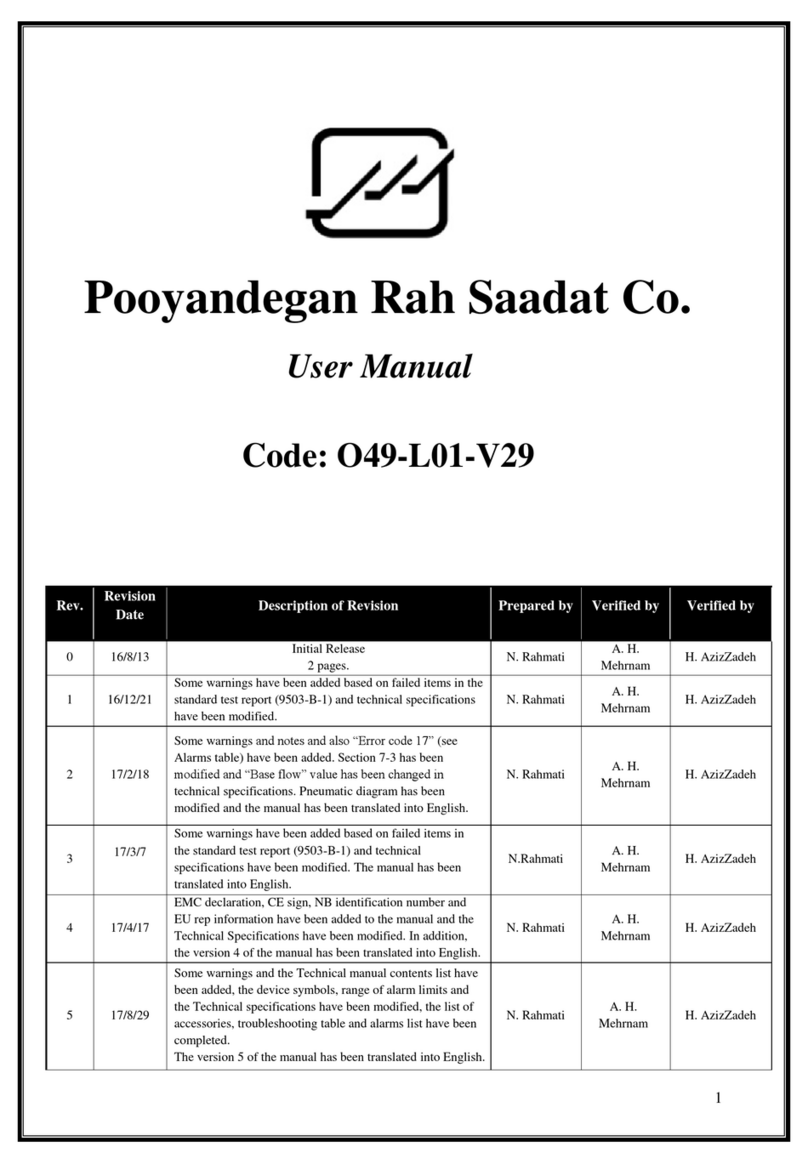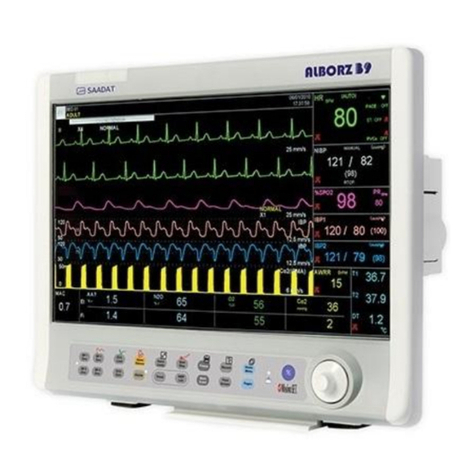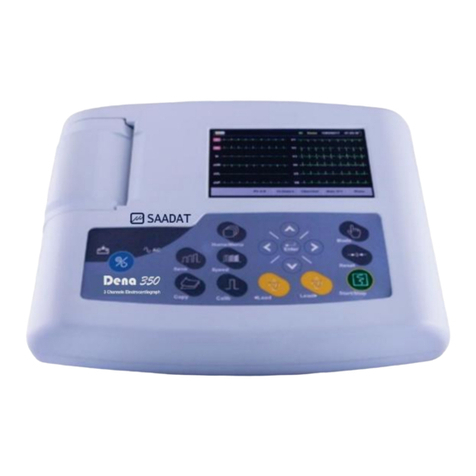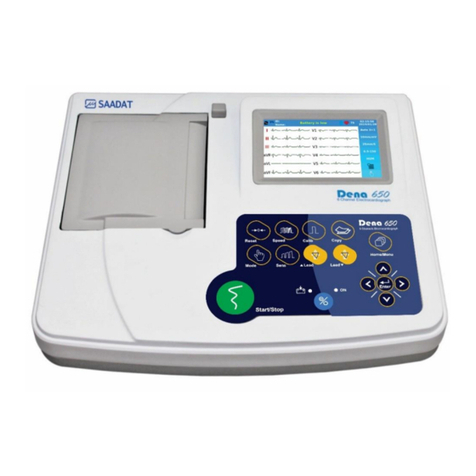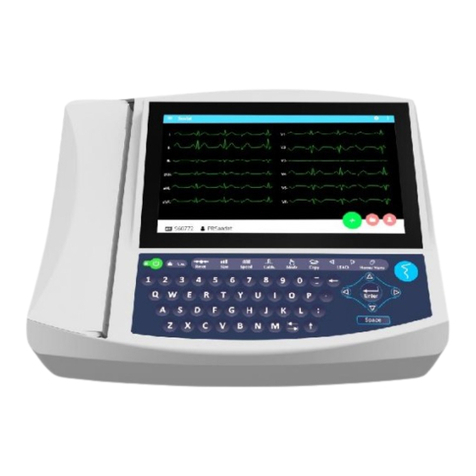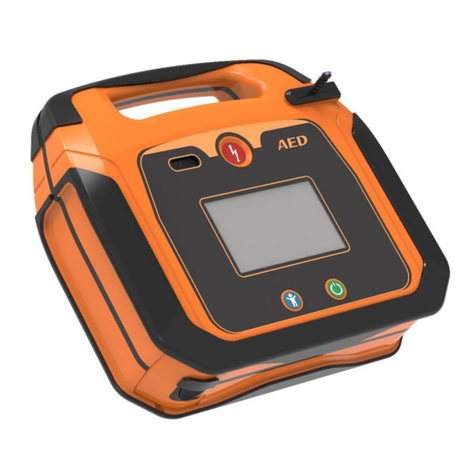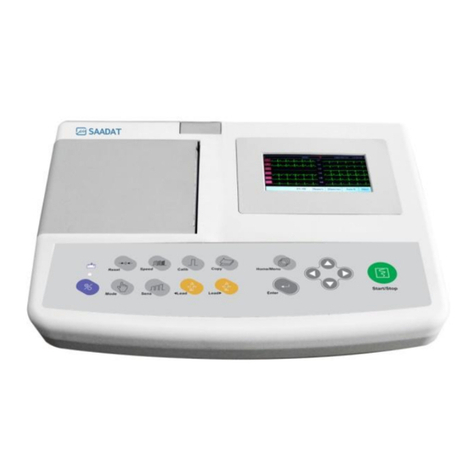Contents
Manual Purpose ......................................................................................................................... I
Symbols.....................................................................................................................................II
Patient’s safety.........................................................................................................................III
1) Introduction........................................................................................................................1
Device description .................................................................................................................2
Intended use...........................................................................................................................2
Features..................................................................................................................................2
Get started..............................................................................................................................3
Top panel ...............................................................................................................................4
Display screen....................................................................................................................4
Control panel......................................................................................................................6
Recorder.............................................................................................................................8
Bottom panel........................................................................................................................11
Rear panel ............................................................................................................................12
Side panel.............................................................................................................................12
2) System settings.................................................................................................................13
General information.............................................................................................................14
Recording Mode menu.........................................................................................................15
Rec. Setting menu................................................................................................................17
Filter menu...........................................................................................................................18
User Setting menu................................................................................................................20
Patient Information ..............................................................................................................21
Setting menu ........................................................................................................................23
3) Patient preparation...........................................................................................................29
Actions before recording......................................................................................................30
ECG electrodes connection..................................................................................................30
Connection of the Limb electrodes......................................................................................31
Connection of the Chest Electrodes.....................................................................................31
Detection of electrode disconnection...................................................................................32
Color codes and Labels of electrodes ..................................................................................33
Lead placement diagram......................................................................................................34
4) Recording Operation........................................................................................................35
Recording Types..................................................................................................................36
Manual Recording............................................................................................................36
Automatic Recording.......................................................................................................36
Rhythm Recording...........................................................................................................37






